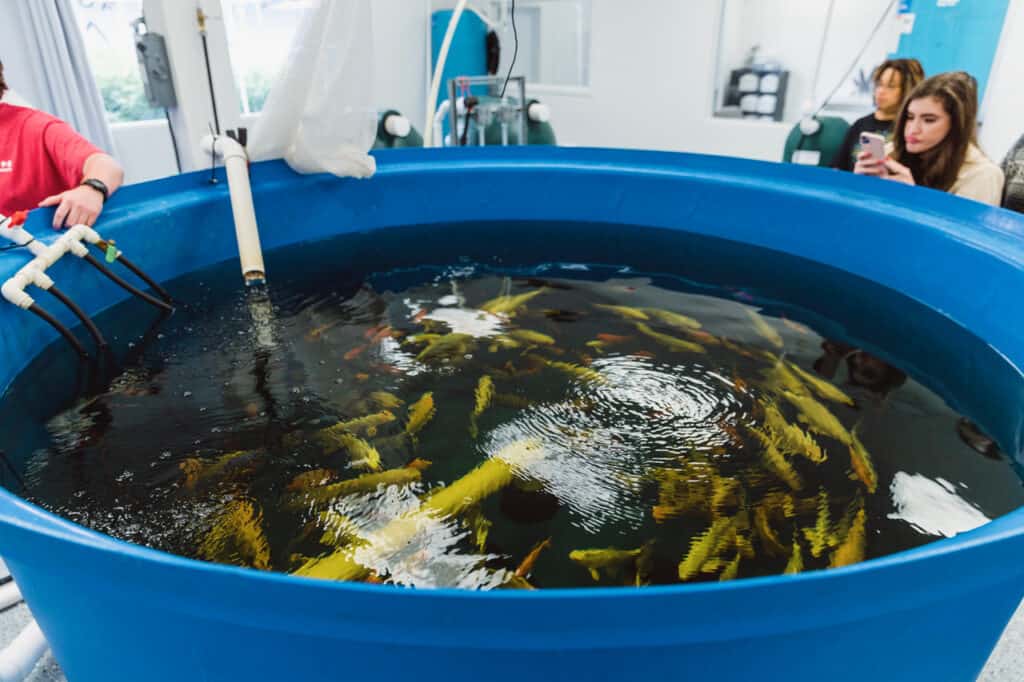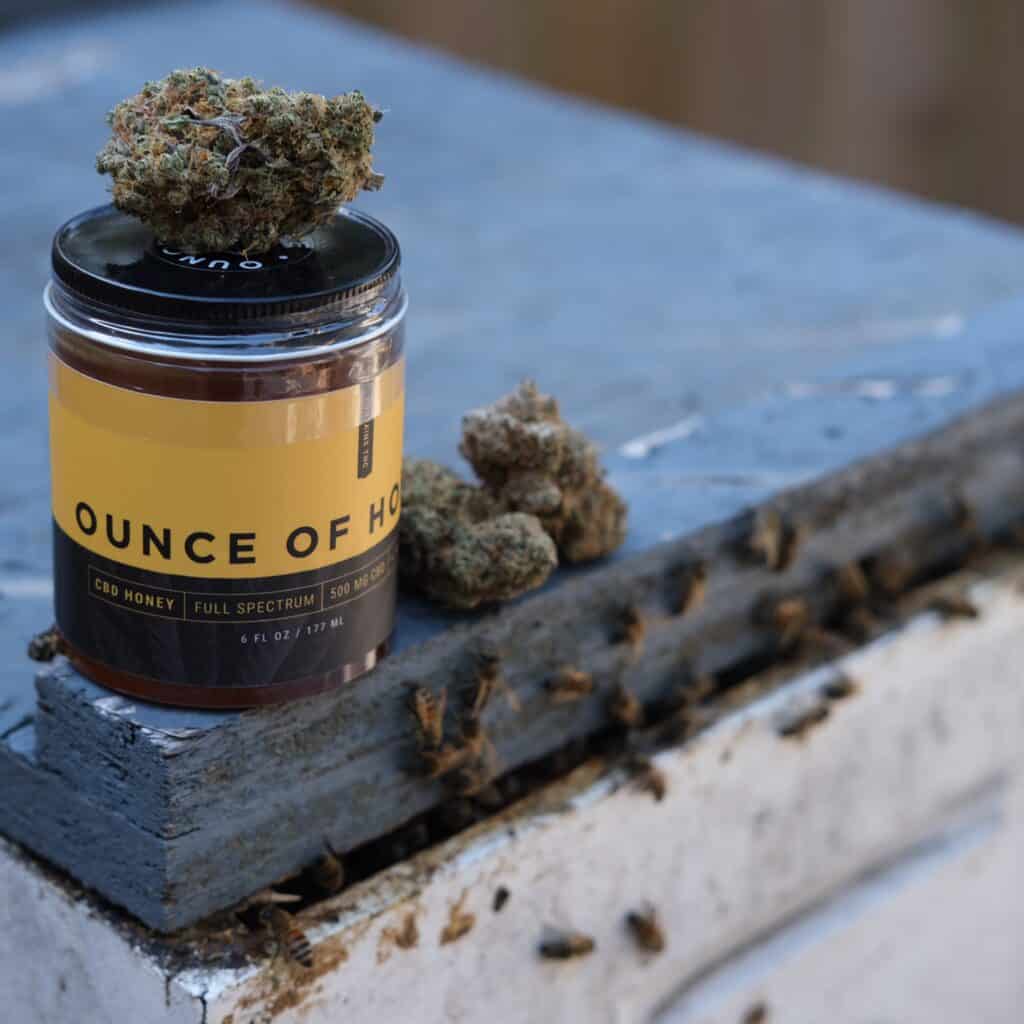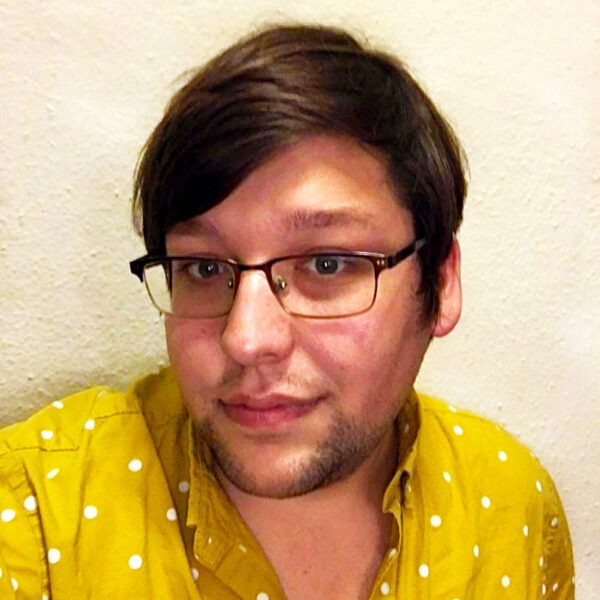The first time I went to a dispensary, I felt like a kid who snuck into a candy store: scared yet elated. This was back when I lived in Portland, post-legalization. The employee, a tall friendly man, asked me what I came in for. “Flower,” I stammered. “Weed? What strain?” he asked, with the cadence of a Walgreens counter clerk. “I don’t know,” I admitted.
So he whisked me away behind a door, where I faced a thousand jars, all labeled by name and contents. I was overwhelmed. I had no clue what any of the percentages meant or even what would work well for me.
But the clerk merely looked at me and asked: “What’s bothering you?” Then, he provided an answer to my anxiety.
THC and CBD work wonders for many ailments, ranging from PTSD to dietary disorders to even, surprisingly, psoriasis. A friend of mine uses medical marijuana to alleviate that ailment specifically, so I’ve seen its magic work firsthand.
The stores here in Memphis use a type of cannabis designated Delta-8, which is just a version of cannabis that is legally below the cannabinoid level of Delta-9 THC. It’s naturally occurring in cannabis plants and completely safe to consume.
Still, I was curious about the industry and its crop. So, I decided to sit down with Cam Heil from Ounce of Hope for a discussion. What better way to learn than to ask an expert, right?

So, my first question is: What’s the deal with the fish?
The fish are our fertilizer. Or, at least, their poop is. It’s called aquaponics. We started with deep water culture, but that doesn’t replicate outdoor conditions for indoor growing like using koi and tilapia waste does. It provides us with plant nutrients, plus we can control the biochemistry better. We’re able to track ammonia and nitrate levels so we can extract the proper amounts for our cannabis. Cannabis is picky about what nutrients it likes, so we need to be selective. These plants love potassium and calcium, which we get naturally from fish waste.
Seems like there’s a lot of it. How do you filter it all?
Good question. Do you see those big green filters? Well, we run the water and fish waste through those filters which have beads that trap the nutrients and chemicals for us, keeping the solids separated at the bottom. It also allows bacteria to cultivate in the top layer: a major part of our growth cycle. It breaks down the ammonia from the waste into those helpful nitrates.
Far out! So where does it all go?
Well, our now freshly processed plant food goes into these tanks over here. As you can see, it’s got no smell, meaning no ammonia, thanks to those microbes you saw. Pure nutrients. We even bottle and sell our excess supply to local farms and agricultural non-profits such as Forthe Kingdom and Memphis Tilth. And donate to farms in Orange Mound and the New Chicago area.
So cool. Well, let’s talk about the main attraction: the plants themselves.
Of course. Follow me. Let’s clean our shoes so we don’t cross-contaminate. We usually wear scrubs and gloves in our flower room, but we won’t be long.
I imagine it’s hard trying to maintain all of this. There’s that old joke that plants can grow on a sidewalk, but when you bring them home, suddenly: “too much sunlight. I’m dead now.”
Right! It’s a tricky problem maintaining the right soil and UV. But it also comes down to genetics. If the genetics of the plant sucks, then the plant won’t grow properly. That can be important when growing medical-grade cannabis.
Going back to deep water vs. aquaponics, we found a higher potency growing with aquaponics over other methods. Better results means better bud which also means better consistency for our user base.

I’m ready to see a few of these bad boys. But, I see you’re growing with other plants. What about the contamination?
Those are cover crops. They benefit the soil and help our cannabis grow. Such as these marigolds which attract pests away from the crop. The dichondra, a common garden plant, helps aerate the soil. Right now, we are experimenting with strawberries.
Our mulch comes from old stalks and rice husks. And we put five pounds of earthworms in each bed to help till the soil.
Not all flowers work well with cannabis, however. Clover is a great companion plant for any other crop but not cannabis, because clover is a nitrogen fixer, which affects cannabis growth.
We also try to avoid reusing certain mulches and woods. Pine for instance is antifungal, and we need fungus for growth.
Each bed is a different strain. If you want you can rub the stems and get a scent. Try the sour pineapple, which is about seven days or so from full maturity. It takes six weeks, give or take, for these to mature. We’ve kept track of the ratios in each bed to see what works best where.
We’re not chemists of course; we’re farmers. But experimenting helps us grow better and stronger crops.
Wow. There’s a lot of thought and care going into the process, I see. But recycling seems to be a big factor in your methods.
Absolutely. Sustainability is the goal. Most growers just dump in salt-based fertilizers but then end up having to drain their entire water systems. A usual model in our industry. We’ve been able to reuse most of our materials thankfully, which improves our yield and profit margin. Regenerative agriculture.
In fact, as we discussed earlier, that model extends to our charity work and giving back to the community. Not many cannabis farms do that.
Speaking of farming, I saw you’re able to grow due to the Farm Bill from 2018…
Yes. For now. But that expires this fall. So, our whole operation is in jeopardy. It all comes down to what laws are passed. And some of those laws, the way they get interpreted… The Farm Bill allows us to call what we extract from our crop hemp because what we are growing is technically hemp.
It’s like with the queer community. It’s all about activism and showing proof. Stating your case. We can’t do this in the dark anymore. We have to show we are legitimate.
I’ve noticed that you hire from the queer community as well. Do you think there’s a correlation between cannabis and queer communities?
Honestly, both our communities live on the fringes of society. Also, we both tend to have free and open-minded thinkers, attracted to new ideas and ways of living. I think any business can benefit from that type of person.
Visit Ounce of Hope Aquaponic Cannabis Dispensary at 553 Cooper Street.





